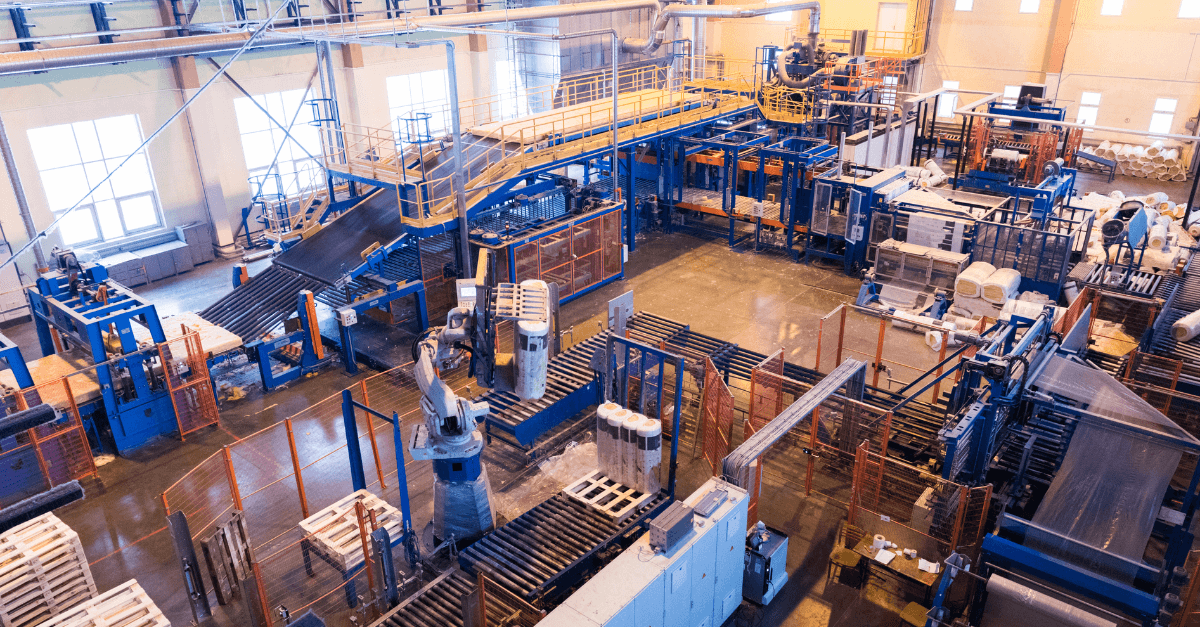Businesses who rely on the B2B channel for the sale of their product commonly ask, “how do manufacturer incentives work?” Incentives from manufacturers work by motivating channel partner behaviors with rewards.
For manufacturers, finding ways to promote their brand and win over channel partners is a top priority, and a manufacturer incentive program is a prominent way to stand out amongst the competition and encourage sales of their product.
According to an Incentive Research Foundation study, manufacturer incentives are not only a popular channel management strategy but are widely used among the top-performing manufacturing companies.
Today, we’d like to dig into the background of manufacturer incentives and highlight some of the key findings of the IRF’s research as it pertains to top manufacturing companies.
So how exactly do manufacturer incentive programs work?
In its most basic form, manufacturer incentives are defined as the offering of a reward to customers in order to encourage the purchase of a product.
What complicates manufacturer incentives is when you explore what rewards are offered, how they are offered, to whom they are offered and even better- do they really work?
Let’s start off with the reason why manufacturers would want to offer incentives.
Why should manufacturers offer incentives?
Product sales are the foundation of any business. Both acquiring and retaining customers are essential in fostering these sales. In today’s climate, manufacturers are facing many different threats to their business models, including:
-
- A rise in the number of non-traditional channel influencers, or third-party experts providing research that informs and influences customer opinions;
- Heavy competition from offshore manufacturers that provide cheaper alternatives- meaning a high risk for customer retention;
- Evolving B2B buyer expectations and needs, such as customer requests for more digital, personalized interactions with a brand; and
- A lack of visibility into the B2B channel making it harder for manufacturers to not only provide personalized sales messaging but to identify their customers!
Depending on the industry and product provided, a manufacturer’s “customer” can have different names. Often referred to as a “channel partner,” products may pass through many hands in the B2B channel before arriving at the end consumer. An internal sales teams, a product dealer or distributor, or even a value-added reseller all have a say in whether or not a product is purchased by an end consumer.
With this combination of market circumstances and sales power resting in the hands of outside sources, manufacturer incentives are a great way to gain the attention of channel partners and encourage them to sell your product.
What are examples of manufacturer incentives and how are they offered?
The variety of incentive options and the many ways to offer them showcases a reality in the incentive industry: there is no one right way!
With factors such as budget restrictions, consumer preferences, and access to technology, manufacturer incentive programs and their corresponding rewards come in all shapes and sizes.
According to the IRF, the emphasis of a good program relies less on the type of reward, and more on offering a unique reward experience:
“A key differentiator between manufacturing Top Performers and their Comparators is the priority placed on the flexibility of tangible rewards.”
Examples of popular, flexible manufacturer incentives include:
-
- SPIFF or rebate rewards, such as percentage of a product’s sale price provided back to the channel partner on a reloadable debit card
- Reward points used to purchase a variety of options in an online merchandise catalog
- Gift card rewards
- An incentive travel experience
Within a manufacturer incentive program, multiple reward types can be used to tier off program participants based on their sales activity, typically with a rebate as a reward for smaller purchases, and an all-inclusive incentive trip for high purchase volume customers.
Depending on the magnitude of the incentive program, companies can track sales internally and contact participants individually, or they can hire an incentive program provider to create an online incentive ecosystem, tracking participation across the globe.
Are manufacturer incentive programs effective?
With that high-level overview out of the way, we can now get to the nitty-gritty: do manufacturer incentives work? According to the IRF’s 2020 study,
“While the data cannot establish whether strong incentive programs directly led to better business performance, the relationship between strong business performance and the level of commitment to incentive programs was evident.”
With a variety of different approaches to rewards and incentives, and in a particularly hard year for manufacturing in general, top-performing companies who experienced financial growth continued to stress the importance of rewards and recognition.
Within one year, there was an 80% percent increase in the number of program managers stating that their manufacturer incentives helped retain employees, and a 75% increase in the number of managers stating their incentive program influenced behaviors.
Diligently surveying top manufacturers year over year, the Incentive Research Foundation makes it clear that incentive programs are becoming an integral part of the sales and marketing strategy at largely successful companies.
Looking for more information on manufacturer incentives?
Check out these sources for a more in-depth look into the world of manufacturer incentives, including a free downloadable eBook!
- The IRF 2020 Top Performer Study: What Top Performing Companies Do Differently in Incentives and Rewards
- Infographic: The 2020 Top Performer Study
- Influencing the Influencers: How Channel Partner Incentive Companies Help Manufacturers Increase Sales
- Incentive Program Secrets for Manufacturers Free Ebook Download



